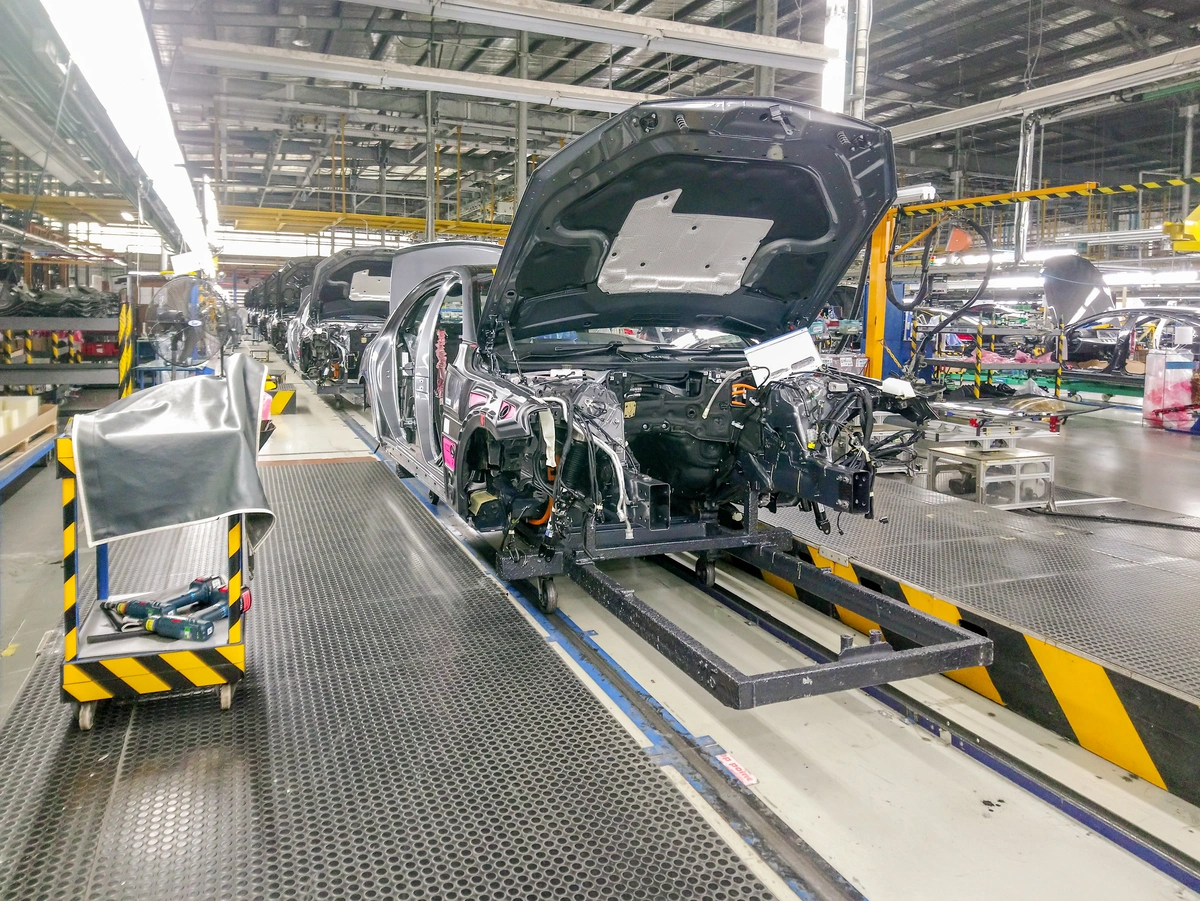The U.S. government is making historic investments in the country’s infrastructure. Between the American Rescue Plan Act, the Infrastructure Investment and Jobs Act, the CHIPS and Science Act, and the Inflation Reduction Act—laws passed within the last three years—a combined $3.8 trillion is being invested in communities across the United States.
But it’s not just the money that’s noteworthy. It’s also the government’s increasing emphasis that publicly funded projects address inequities. Some projects have looked to reverse mistakes of the past by targeting historic developments that upended poor minority communities and cut them off from economic opportunities.
Last year, in announcing a new program to reconnect cities segregated by infrastructure, U.S. Transportation Secretary, Pete Buttigieg articulated the government’s sensitivities to equity: “Transportation can connect us to jobs, services, and loved ones, but we’ve also seen countless cases around the country where a piece of infrastructure cuts off a neighborhood or a community because of how it was built.”
Complex development projects have always faced political and practical risks, including regulatory delays, public opposition, and lawsuits. But the emphasis on equity raises the stakes.
So how can developers mitigate those risks to ensure equity while not compromising the efficiency of their projects?
Ichor’s GIS Capabilities
It starts with high-quality data. Without it, developers are operating in the dark, with no way to ensure projects are serving those in need or any way to predict what challenges may be lurking around the corner.
The type of data needed will vary from project to project. But at a minimum, it should include the location of planned development and existing relevant infrastructure within a community. That information is crucial to understanding an area’s resources and how they relate to each other. Developers also need to consider the service area of a project including the demographic information of the people who would benefit from the project.
The best way to visualize complex data layers for one specific location is through a map. With Ichor’s geographic information system (GIS) technology and expertise, we can visualize large sets of public and industry data against location references to create information-rich maps that can help developers in crucial ways:
- Identify infrastructure gaps and inequities. More than ever, project managers need to understand the equity implications of their decision making. Whether it’s a new facility like a hospital or services like high-speed Internet, developers need to see potential sites through an equity lens. Detailed maps can help identify low-access or historically underserved communities. Layering demographic or socioeconomic data on top of that information can add even more context to a projects service area and help to determine if it is meeting the community’s needs. Using historical data, developers can also create a map to understand how infrastructure projects or policies may have divided communities in the past.
- Facilitate positive community engagement. Many historically neglected communities have heard promises about infrastructure projects for decades, so developers must be ready to encounter skepticism and hear various concerns. A map alone will not mollify all those feelings. But it can serve as a tool to encourage communication and solicit feedback from key stakeholders to ensure their voices are heard. Those conversations with community members can also provide an opportunity for developers to present new plans to mitigate possible concerns.
- Ensure efficient project execution. Major infrastructure projects require a highly choreographed sequence of events. The order of events—obtaining required permits, for example—is often non-negotiable. Of course, there will be surprises with just about every project, but looking at the project and community from a spatial analysis point of view can avoid many of them. Types of spatial analyses, like a site suitability assessment, for example, can help developers avoid choosing the wrong site based on environmental or regulatory constraints. A map including local and/or historical infrastructure data may also help builders know what’s underground at a chosen site, informing what kinds of work and materials are required for the job.
- Educate the public. Maps highlighting equitable infrastructure can help educate the public about the positive changes in their communities. They can also bring more transparency to development generally and help maintain support for new projects. Last year, for example, the Atlanta BeltLine Inc., the entity behind the redevelopment of a 22-mile railroad corridor in the city, unveiled a tool called the Investment Data Explorer that allows users to track investment in key areas: housing affordability, economic development, transit access, inclusion, and quality of life.
At Ichor, we understand that ushering through complex development projects requires a range of tools and skills. GIS spatial analytics and mapping plays a crucial role in that process, pointing developers in the right direction. But a map, at the base, is only a start. It must be accompanied by a hyperlocal strategy to engage communities on the ground and understand their needs. That requires identifying key stakeholders to hear from, creating custom messaging to promote the project, and, when needed, preparing mitigation strategies to address community concerns.




